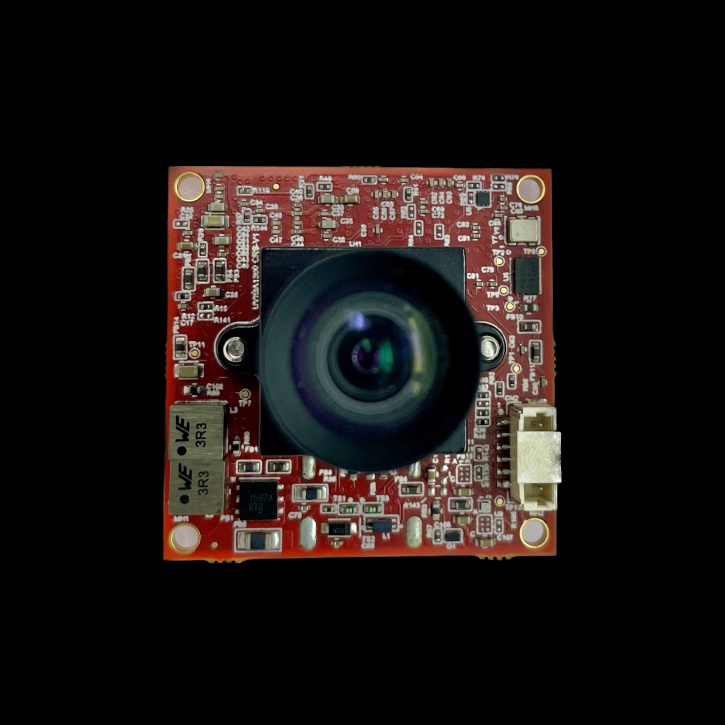HDR (High Dynamic Range) photography has transformed the way we capture and perceive images, offering a broader spectrum of colors and details than ever before. Understanding the inner workings of HDR cameras can unlock a world of creative possibilities and help you capture stunning photographs in any lighting condition.
Introduction to HDR Cameras
HDR cameras are specially designed to capture a wider range of brightness levels than conventional cameras. By blending multiple exposures of the same scene, HDR cameras ensure that both the brightest highlights and darkest shadows are captured with remarkable clarity.
Understanding Dynamic Range
The distinction in brightness and darkness inside an image is known as its dynamic range.In photography, a higher dynamic range allows for greater detail to be captured in both shadowed and highlighted areas, resulting in more lifelike and visually appealing images.
How HDR Cameras Capture Images
HDR cameras achieve their impressive dynamic range by capturing multiple exposures of the same scene at different brightness levels. This process involves taking a series of photographs, each with varying exposure settings, to ensure that no detail is lost in either the shadows or highlights.
The HDR Process: Merging Exposures
Once the multiple exposures are captured, they are merged together using specialized software. This HDR processing technique combines the best elements of each exposure to create a final image that accurately represents the dynamic range of the original scene.
Enhancing HDR Images with Tone Mapping
Tone mapping is an essential step in the HDR process that enhances the appearance of the final image. It adjusts the tonal values of the image to ensure a balanced and visually appealing result, bringing out the full potential of the captured dynamic range.
Advantages of Using HDR Cameras
The use of HDR cameras offers numerous advantages for photographers, including:
Enhanced Detail: HDR images exhibit exceptional detail in both highlights and shadows, resulting in more immersive and lifelike photographs.
Vibrant Colors: HDR technology allows for the capture of rich, vibrant colors, making images appear more vivid and dynamic.
Greater Flexibility: HDR processing provides photographers with greater flexibility in post-processing, allowing for creative manipulation of tones and colors.
Challenges and Limitations
Despite its benefits, HDR photography also presents certain challenges and limitations, including:
Artifacts: HDR processing may sometimes introduce artifacts or unnatural-looking elements into the final image.
Ghosting: Moving subjects within the frame can cause ghosting or blurring in HDR images, requiring careful attention during shooting.
Complex Workflow: The HDR workflow can be more complex and time-consuming compared to traditional photography techniques, requiring patience and skill.
Tips for Successful HDR Photography
To achieve the best results with HDR photography, consider the following tips:
Use a Tripod: Stability is crucial when capturing multiple exposures. Use a sturdy tripod to ensure sharp and aligned images.
Experiment with Bracketing: Bracketing exposure settings allows you to capture a range of tones, providing more flexibility during HDR processing.
Refine Your Technique: Practice different HDR processing techniques to find the one that best suits your style and preferences.
Applications of HDR Photography
HDR photography finds applications across various fields, including:
Landscape Photography: HDR techniques are ideal for capturing the dynamic range of natural landscapes, from vibrant sunsets to shadowy forests.
Architectural Photography: Architectural details can be showcased in stunning clarity using HDR, highlighting both the intricate textures and subtle lighting nuances.
Interior Design: HDR photography is widely used in interior design to showcase properties and spaces with accuracy and realism.
Future Trends in HDR Technology
As technology continues to evolve, the future of HDR photography looks promising. Advancements in sensor technology, software algorithms, and computational photography are expected to further enhance the capabilities of HDR cameras, opening up new possibilities for photographers.
Conclusion
Demystifying the inner workings of HDR cameras reveals the incredible potential of this technology in capturing breathtaking images with unparalleled detail and vibrancy. By understanding the principles behind HDR photography and mastering the techniques involved, photographers can elevate their craft to new heights.


No comments yet